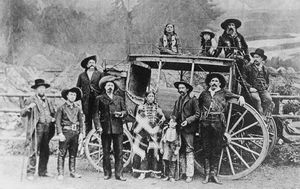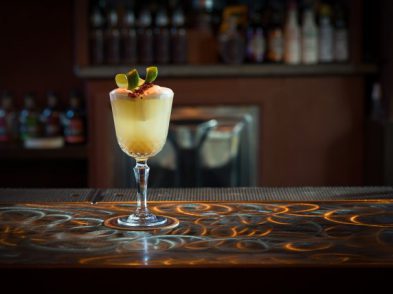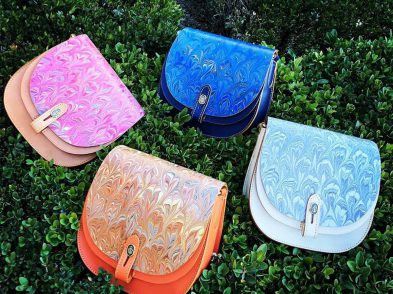Sometimes I have the urge to tell people patiently waiting in line at the Uffizi to bag it and scoot around the corner to the Instituto e Museo di Storia della Scienza on Piazza dei Giudici, just down the street from the new exit of the Uffizi. It’s open nearly every day, including Mondays, and full admission for adults is 6.50 euro, less for children. There are no lines, the illustrated guide is clear and helpful, and the museum is one of the great quiet joys of Florence.
Housed in the recently renovated Palazzo Castellani, the museum has on display about 1,500 scientific instruments, both Italian and foreign, some dating from the 11th century, contained in 21 rooms on two floors. The exhibition route is organized chronologically and thematically, the first floor containing mainly the instruments of the Medici collections, the second those of the Lorraine period. The young staff is welcoming, cheerful, and knowledgeable; they are always happy to talk with you about the exhibits and, when possible, demonstrate how they work. If you are lucky, you will bump into Andrea Gori, the dynamic coordinator of public services, and when you have talked with him you will understand what passion and commitment are all about: he believes so completely in the mission of the museum.
What strikes you first as you make your way through the rooms is the beauty of the exhibits—the instruments of rich, polished wood and burnished brass, their graceful forms and delicate ornamentation, many displayed in well-lit cases, and all carefully labeled. Initially, you want to rush from instrument to instrument just to get a general grasp of what you are experiencing, but then you settle down and start quietly looking, reading, and thinking. For the most part, the instruments on the first floor are ones of discovery, those on the second of measurement. So you begin with astrolabes, sundials, quadrants, and dividers, lenses and telescopes, and make your way towards meteorological instruments, clocks, and thermometers, ending with chemistry and weights and measures.
As in any great museum, you wonder if can take it all in: there is so much knowledge here, so much beauty, both in the instruments themselves and the ideas they convey. The stunning little polyhedral sundial made in Florence in the 16th century, with the Medici crest, sets you dreaming of a time500 years ago when perhaps a member of that great family carried it with him on a business trip to far-off Paris or London. The double-rising cone in Room XVI prods you to try to recall your high school physics: how does it move up the incline? The rooms full of telescopes pointing up to the heavens and the microscopes delving down, deep into the life around us, carry us off to distant shores and boundless new worlds.
The inner sanctum of the museum is Room IV, which contains the instruments of Galileo and two models designed to illustrate his laws of pendulums and falling bodies. Here is his compass, his early prototype of the thermometer, and the telescope he built, through which he observed four of the satellites of Jupiter for the first time in January 1610. Here are portraits of Galileo and a copy of the infamous 1633 Sentenza del Tribune del Santo Offizio condemning him as a heretic after the publication in 1632 of his work on Ptolemaic and Copernican hypotheses in relation to the physics of tides. We read of this work being burned, of his arrest, and—a shiver going down our spine—of his recanting of his belief in the Copernican system of the universe in order, perhaps, to save his life.
Surely the strangest exhibit in the museum is the glass-encased middle finger of Galileo’s right hand, which was cut from his dead body when it was moved to Santa Croce in 1773. At first you wonder what it is doing here, as it seems so out of place. The inscription on the alabaster base in Church Latin abjures us not to spurn this finger that showed us the paths and orbits of celestial bodies that man had never seen before. The case has about it the air of a religious reliquary, yet it celebrates a scientist, a man who was often at odds with the Church and suffered from its jurisdiction. Here is his—and our—very first instrument, a finger, still pointing us towards the heavens.
Visiting the science museum is a quiet, contemplative experience. You can stand peacefully before a globe, a lens, or a clock and admire it both for its artistry and the blazing trail of thought and imagination—and sometimes suffering—that led to its creation. Like any great museum, it ultimately sets you thinking about yourself and your place in the universe.





